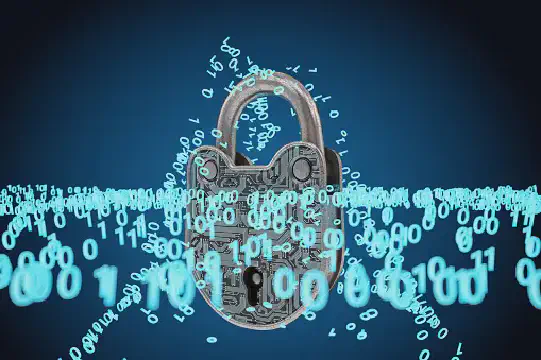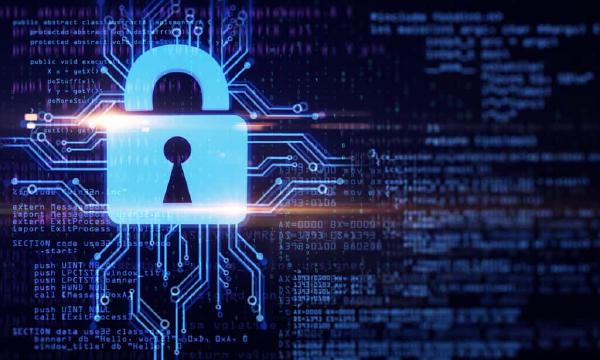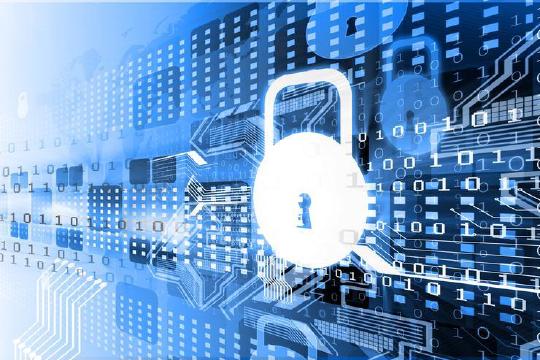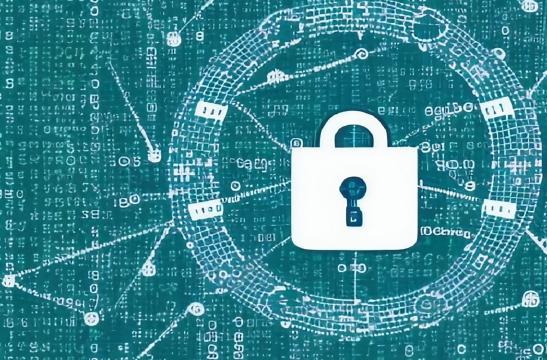Excerpt§
Discover why data encoding is crucial in the digital age. Learn about its role in data security, efficient transmission, and compatibility between systems. Explore various encoding formats and their applications.
Introduction§
Data encoding is the process of converting data from one format to another. It involves representing data in a sequence of codes that can be interpreted, processed and reconstructed accurately by the system or application intended to use that data.
In our increasingly digital world, data encoding has become extremely important. Almost all digital systems use encoding to represent, store, transmit, and extract data in an efficient and reliable manner. Understanding data encoding gives us insight into how information is digitally represented and manipulated.
Understanding Data Encoding§
Data encoding translates data from its raw format into a format that can be utilized by digital systems. The encoded data consists of a sequence of codes that represent the original information.
Some key ways data encoding is used:
Binary - Encoding data in sequences of 1s and 0s which is readable by computers.
ASCII - Encoding text as integers to represent English characters and symbols.
Unicode - Encoding a vast variety of international characters and symbols.
Base64 - Encoding binary data into text for transmission over systems that support ASCII. Useful for encoding media like images and audio.
For example, binary data can be encoded to base64 format using online encoders. Octal or hexadecimal data can also be converted to base64 encoding. This allows binary data transmission through ASCII systems.
Ensuring Data Security§
Data encoding plays a vital role in keeping data secure and private. Sensitive information can be encoded into a format that protects it from unauthorized access.
Encoding is commonly used in encryption, which transforms data into ciphertext that hides its original meaning. Only authorized parties with the decryption key can decode the data back to its original form.
Tools like binary-to-base64, octal-to-base64 and hex-to-base64 encoders can securely encode sensitive binary data into base64 format to mask the original content.
Online free tools are provided§
Efficient Data Transmission§
Data encoding enables efficient compression and faster transmission. It reduces the size of data by representing it in an encoded format that takes up less space.
For example, media files in binary format tend to be large. Base64 encoding converts binary data to ASCII text which has a smaller size. This allows faster transmission through email, networks, etc.
Base64 and other encodings optimize data size while still allowing accurate reconstruction of original content. This makes data transfer much more efficient.
Compatibility and Interoperability§
Encoding standardizes data into formats that can be understood across different systems, applications and devices. It enables compatibility and interoperability.
For example, Unicode provides a standardized way to represent text symbols and characters universally. Base64 allows transmission of binary data through ASCII-only systems.
Industry standards like XML, JSON and Base64 allow data exchange and ease of integration between diverse digital ecosystems.
Challenges of Data Encoding§
While data encoding provides many benefits, it also comes with certain challenges:
Complex encoding algorithms can be resource intensive and difficult to implement. Simpler encodings may not provide desired efficiency.
Converting between different encodings leads to overhead if systems are not designed properly.
Finding optimal encoding requires balancing data size, transmission efficiency, complexity and accuracy.
Conclusion§
Data encoding is a crucial aspect of digital systems today. It enables secure data protection, efficient transmission, standardized interchange and more.
Understanding encoding gives valuable insight into how information is stored, communicated and utilized in the digital realm. Using appropriate encodings and conversion tools helps build robust and highly functional systems.















